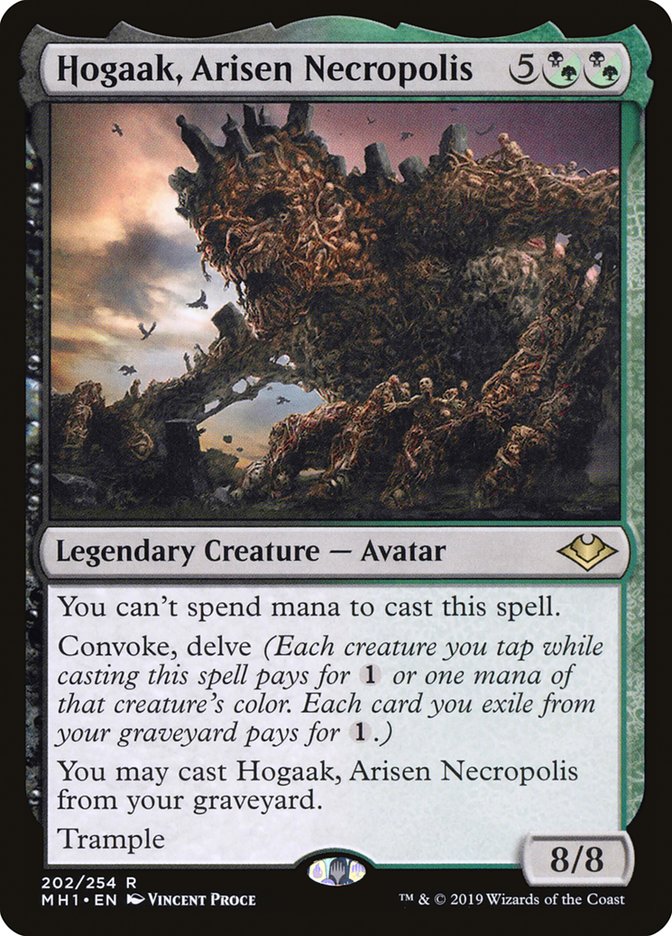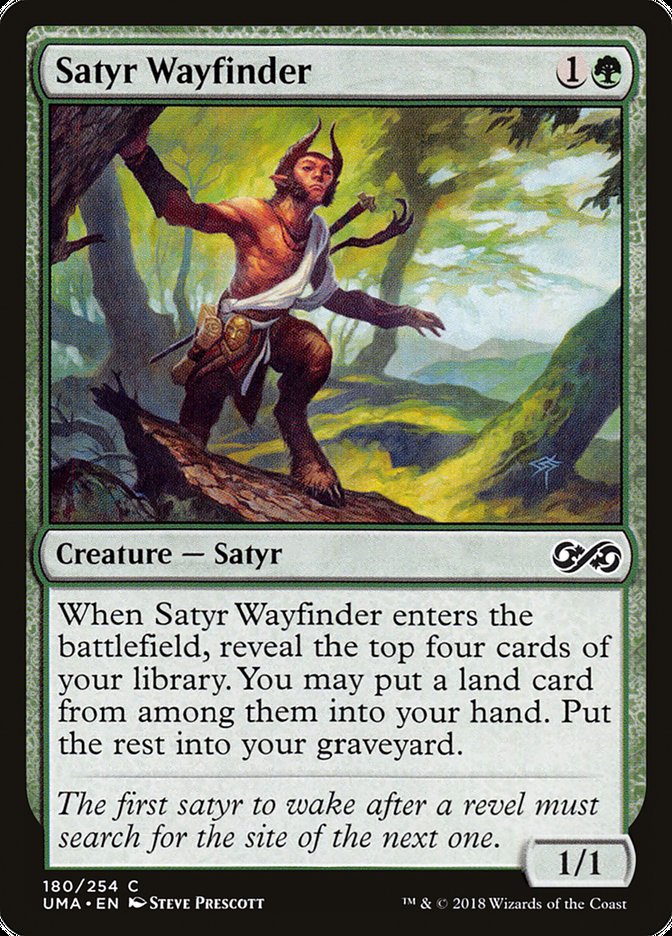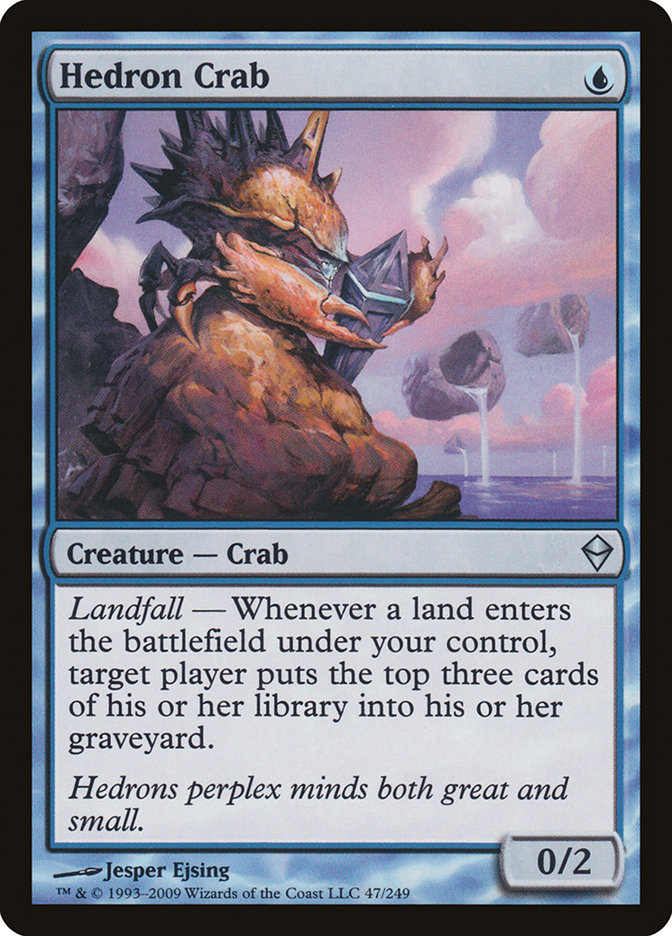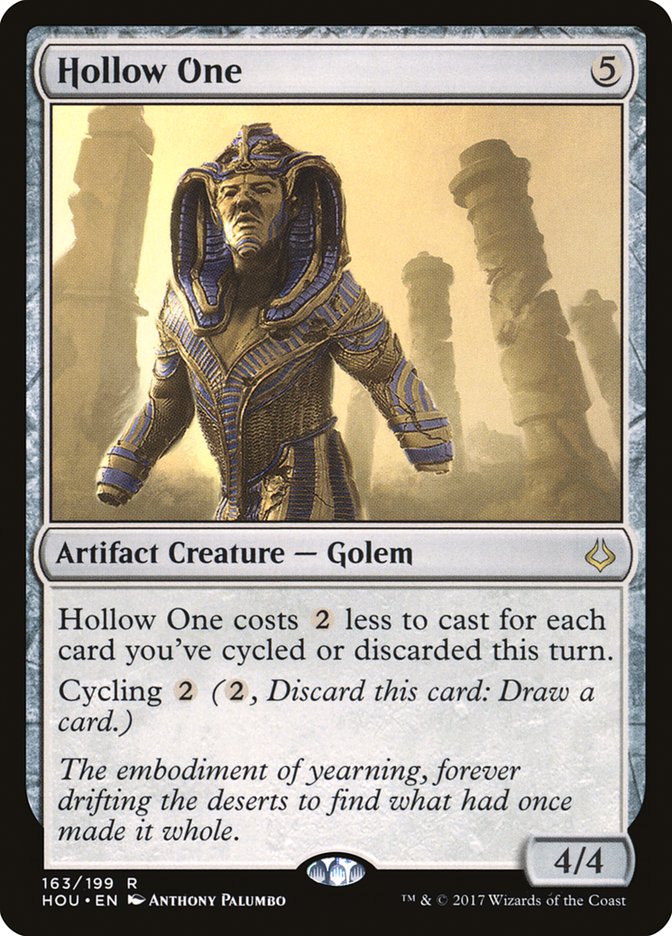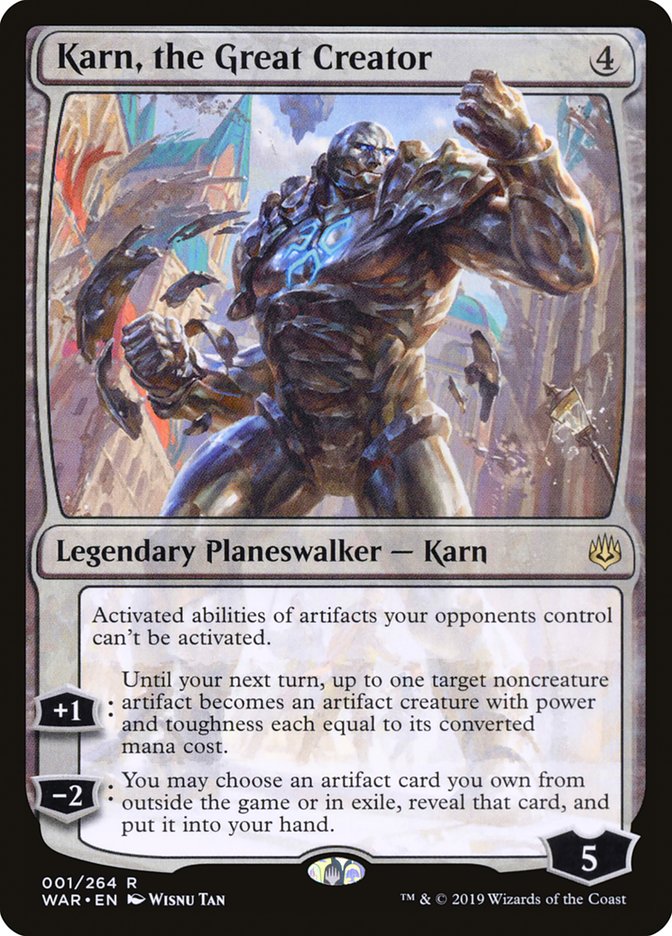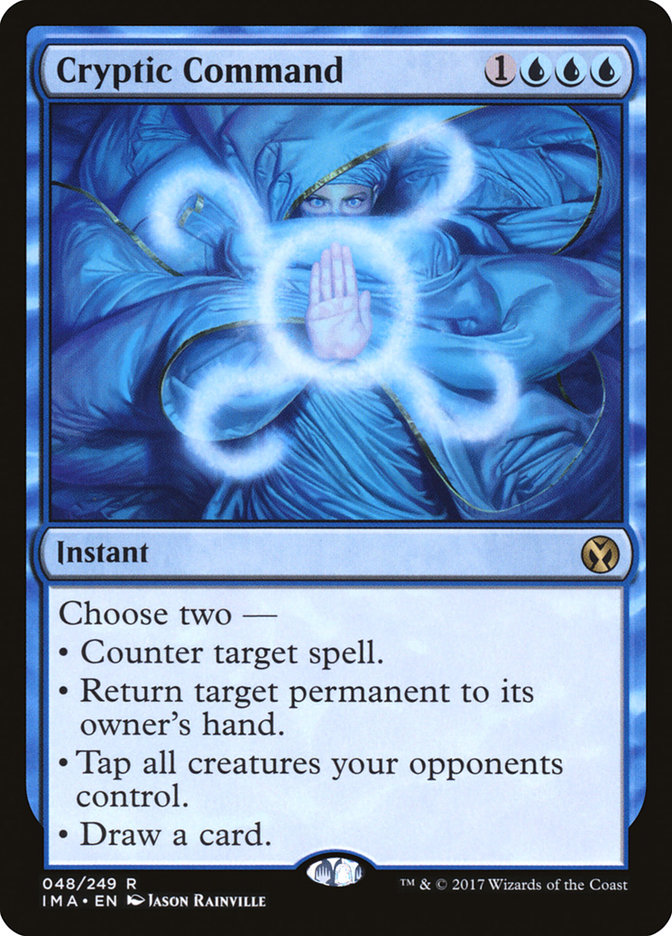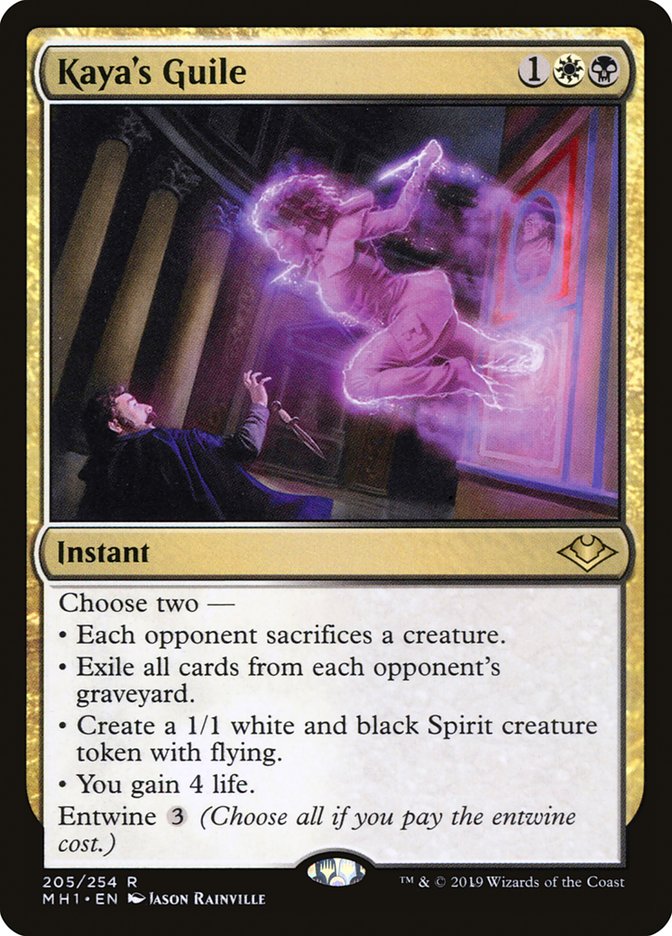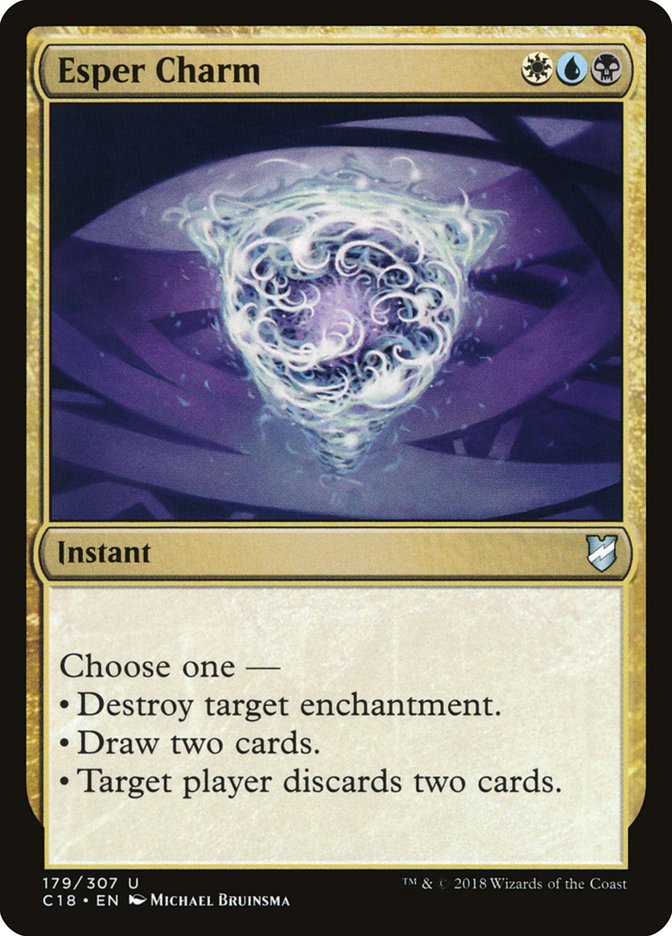Mythic Championship IV has come and gone, and the stage has officially been set for the next four weeks of Modern tournaments. Unfortunately, that stage will be playing host to a one-actor version of a dreadful play that we’ve all seen before.
With a target squarely on its back, Hogaak showed up to Barcelona and posted the highest win rate in the room. In a tournament where there was an average of two Leyline of the Voids registered for each entrant (seriously, this isn’t hyperbole), Hogaak was barely even slowed down by the banning of Bridge from Below. In fact, there’s a reasonable argument to be made that this version of Hogaak is even better than the one containing Bridge from Below.
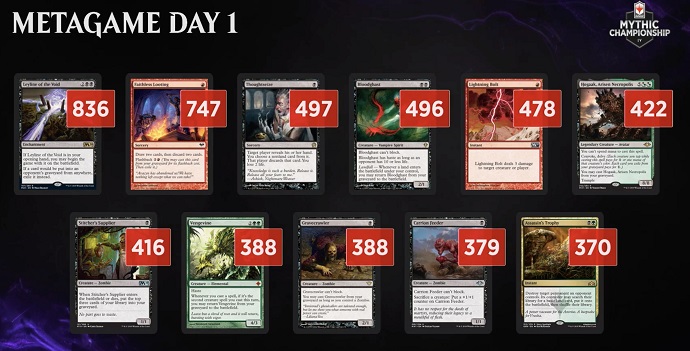
When other Hogaak decks had access to a combo kill via Altar of Dementia and Bridge from Below, you were priced into including it in your own list, as failing to do so would leave you a solid underdog in a mirror match against the most-played and winningest deck in the field. Clearly, a combo-less configuration would not be a recipe for late-tournament success.
In the present world, however, all Hogaak decks lost access to the hyper-linear combo-kill. This opened the door for Hogaak pilots to build their decks for consistency instead of explosiveness. With the addition of further self-mill options such as Satyr Wayfinder and Hedron Crab, the deck hardly has any fail states left, and when a Hogaak pilot gets to execute their gameplan, they just win. Fewer dead cards in sideboard games have also improved the deck.
It’s easy in hindsight to question the decision to ban Bridge from Below, but virtually everyone, myself included, thought it was the correct fix. Unpacking the butterfly effect of bans is challenging, and maybe downright impossible to do without large-scale tournament data to draw from. I think we again find ourselves in a place where we must question if bans are necessary, and once again, I’m leaning towards yes. Even if Hogaak is manageable via deckbuilding, the cost to sideboards is too high, and the play pattern of “Leyline of the Void or bust” is a truly miserable one.
Regardless of what happens at the next Banned and Restricted announcement on August 26th, I think it’s time again to prepare for a post-Hogaak world. Either the deck will be effectively adapted to, or it’s going to hit the bench. By digging a little deeper into the decks of Mythic Championship IV, I think I’ve found some reasonable options for both scenarios.
Creatures (33)
- 4 Carrion Feeder
- 3 Street Wraith
- 4 Bloodghast
- 4 Vengevine
- 4 Gravecrawler
- 3 Cryptbreaker
- 3 Hollow One
- 4 Stitcher's Supplier
- 4 Hogaak, Arisen Necropolis
Lands (18)
Spells (9)

One of the reasons Hogaak stands up well in the face of graveyard hate is that its “anemic” beatdown plan is quite robust. When compared with something like Dredge that historically relies on hardcast Narcomoebas and Stinkweed Imps, Hogaak’s starts in the face of Leyline of the Void look downright blistering. Too many decks are not accounting for post-sideboard aggression at this stage, but eventually opponents will learn to pick up some small-ball removal and sweepers such as Fatal Push, Pyroclasm, and On Thin Ice. At this moment, it’ll be Hollow One’s time to shine. Hollow One only further increases the deck’s resiliency in the face of graveyard hate, so if people do start playing the appropriate six to eight dedicated sideboard cards, you can give up the reactive posturing and punish their do-nothings with more four-power creatures.
It’s downright hilarious that the first new strategy that caught my eye is a Hogaak variant, but that’s a huge portion of the reason I am presently pro-banning. Hogaak’s power level is just too far beyond what’s appropriate in Modern, and I think there will always be a fresh new juke for Hogaak to make once the metagame catches up. Here’s a nice one for this coming week, when Hogaak is sure to be at the forefront of everyone’s mind.
Creatures (5)
Planeswalkers (6)
Lands (20)
Spells (29)

Creatures (4)
Planeswalkers (5)
Lands (20)
Spells (31)

If not for Hogaak, the success of the Urza, Lord High Artificer decks would have been the talk of the tournament. Urza decks put up a 55.3% win rate, only slightly behind Hogaak’s 56.2%. The newest move for these Urza decks appears to be a greater focus on planeswalkers in the form of Karn, the Great Creator and Teferi, Time Raveler. The deck already presented a reasonable gameplan against Hogaak in the form of reliable and routinely accessible graveyard hate and a combo that could eventually outscale their aggression. With the addition of these planeswalkers, the deck has started to tie up some of its other loose ends in the format.
Teferi has taken a tight control matchup and pushed it clearly in the Uzra deck’s favor, and Karn is another burst of consistency in a deck that already does a wonderful job finding its key cards. I really like Portaro’s sideboard Monastery Mentors here, as both Jund and Azorius Control are already stretched thin trying to account for all the different angles Urza presents.
This is an archetype still finding its footing, and it’s already posting some scary win rates. Artifact decks routinely struggle when they become the focal point of the format. With the printing of Collector Ouphe, Shenanigans, and Force of Vigor, this issue has only gotten worse. However, if Hogaak remains part of the metagame, it mandates an incredible percentage of opposing sideboard slots. Take advantage of eyes being elsewhere and remember that Mox Opal is still completely busted.
Creatures (4)
Planeswalkers (5)
Lands (25)
Spells (26)

How many times will I get tricked into the same exact mistake? I routinely write off Azorius Control, and then, after months and months of declaring the deck unplayable, something gives me a glimmer of hope. It rips off a string of high-profile finishes and I run and dust off my Jace, the Mind Sculptors. Despite what I am sure is a fundamentally flawed approach to the Modern format devoid of any broken cards, cheating on mana, or really anything resembling a coherent gameplan, I let myself believe Azorius Control might just actually be good this time. And then it shows up on Magic’s biggest stage and posts a 46.8% win rate.
If you are insistent on playing control in a world where everything is stacked against it, Guillaume Wafo-Tapa is likely the correct person to emulate. Guillaume’s deck is basically as modal as an Esper Control deck can be with access to four copies of Cryptic Command, Kaya’s Guile, and Esper Charm.
In a vacuum, I don’t care for any of these cards, but at least the broader theory of deckbuilding here is contemplative of the fact that, on a card-for-card basis, you are toast in comparison to the rest of the format. You need to be an absolute Picasso to paint wins with control, and Guillaume has given himself a wide array of brushes. I don’t know if this kind of approach will yield results for us mere mortals, but I know that the default builds of Azorius Control failed spectacularly. At least give yourself a chance and copy the control master’s homework.
Creatures (13)
- 2 Young Pyromancer
- 2 Dreadhorde Arcanist
- 4 Seasoned Pyromancer
- 4 Lightning Skelemental
- 1 Thunderkin Awakener
Lands (21)
Spells (26)

Wow, do I want this deck to be a real thing I can do at some point. The interlocking reanimation pieces here assure you can grind out long games, and stripping your opponent of resources throughout the early-game should theoretically do a fine job extending game length. However, I don’t think this approach lines up well against a deck like Hogaak that is plenty happy to play from its graveyard. In addition, you just take too much Hogaak induced splash damage to rely on your graveyard when your payoff isn’t “I win.” I’m keeping close tabs on this deck in a post-Hogaak world, but I’ll have to pass for the time being.
Creatures (20)
- 4 Birds of Paradise
- 4 Devoted Druid
- 4 Noble Hierarch
- 2 Arbor Elf
- 4 Sylvan Caryatid
- 1 Heliod's Pilgrim
- 1 Vizier of Remedies
Planeswalkers (4)
Lands (20)
Spells (16)

I wanted to close with Jon Stern’s take on a combo I wrote about a few weeks ago. I’m pretty sure Jon was the only player brave enough to sleeve up Freed from the Real at this tournament, and I hope he was rewarded for his bravery with lots of Turn 2 wins. I love Jon’s updates to the archetype, and his addition of Karn, the Great Creator does a great job of leveraging the four-mana break point that is so routinely achieved on Turn 2 via Leyline of Abundance plus a mana accelerant. Jon even shoehorned in another four-mana Turn 2 with Arbor Elf and Utopia Sprawl.
Karn allows you to move many of the purer combo pieces like Duskwatch Recruiter out of the deck, since you can use it to go find Walking Ballista when you have infinite mana. Overall, this presents a more coherent and linear gameplan than earlier versions of the deck, and if you found yourself enticed by my first drafts, I recommend you continue the evolution of the archetype with Jon’s list.
All of Modern must be viewed through a Hogaak-tinted lens at the moment. It’s a shame that it still feels like much of the impact of Modern Horizons is being hidden by this one outlying misstep. I’m happy that Modern Horizons took chances, but I am ready for a return to a more stable format that doesn’t have the same amount of priority around Turn 0 effects.
In the meantime, I’ll be keeping tabs on the decks that have potential in a post-Hogaak world. For the Modern MCQs over the next couple weeks, I’ve basically narrowed my options to Hogaak, something with Urza, and some variant of Tron. It feels like the walls of the Modern format are presently closing in, and there are few decks that can realistically operate under the present constraints.
Don’t fool yourself into thinking otherwise.


